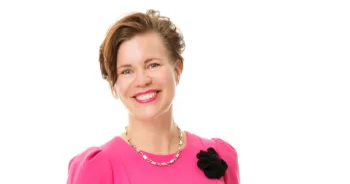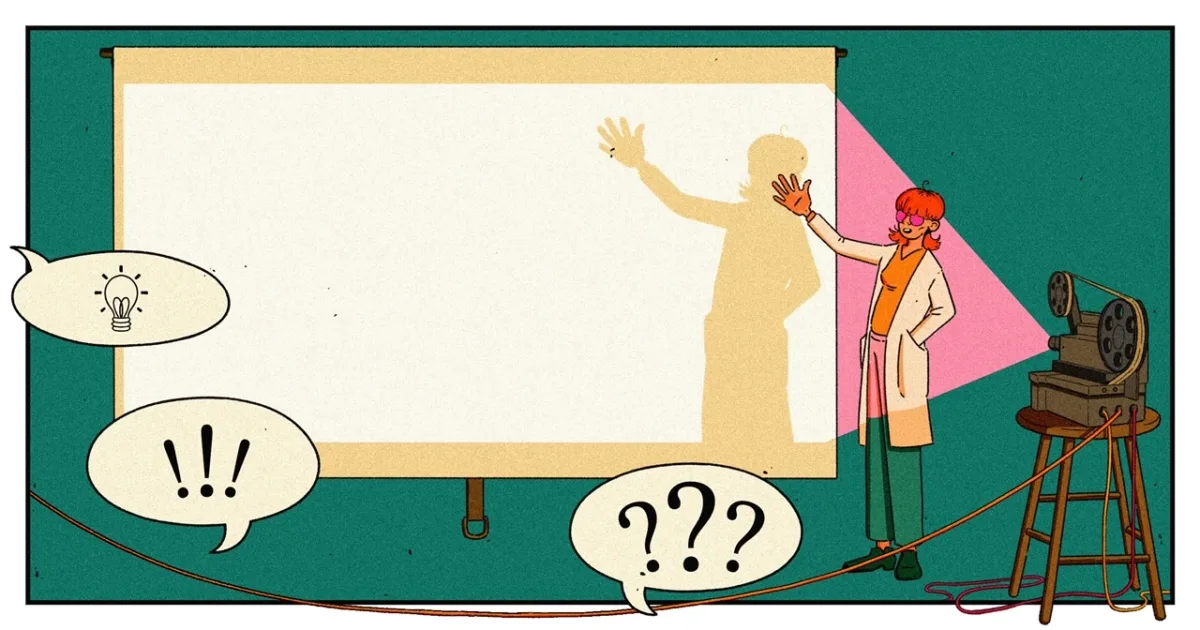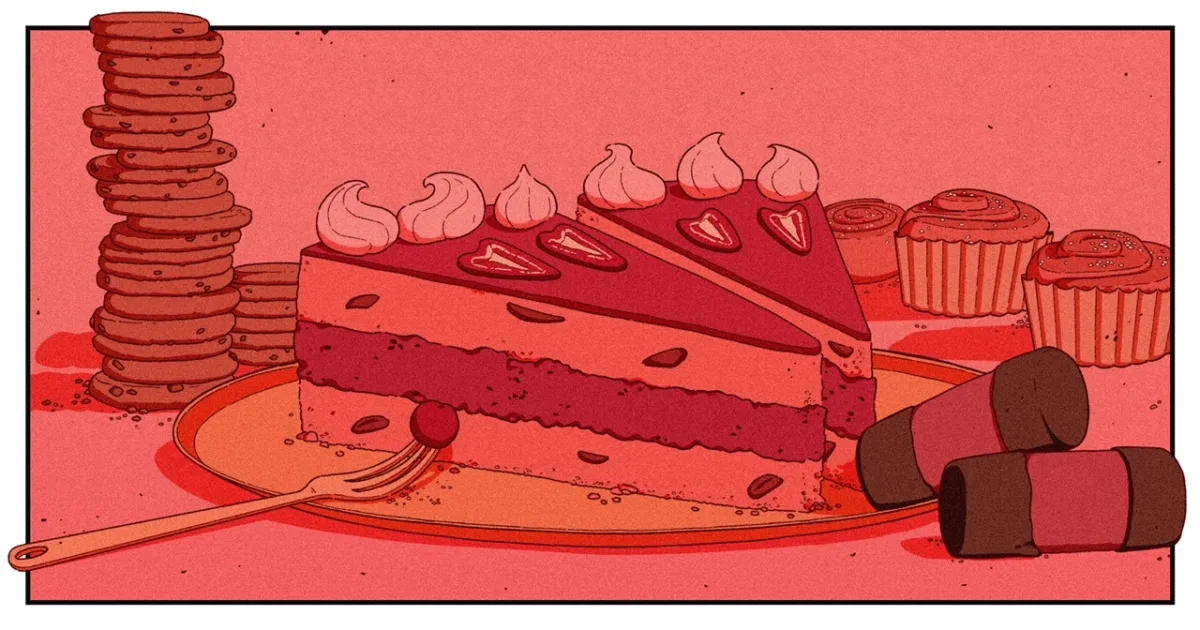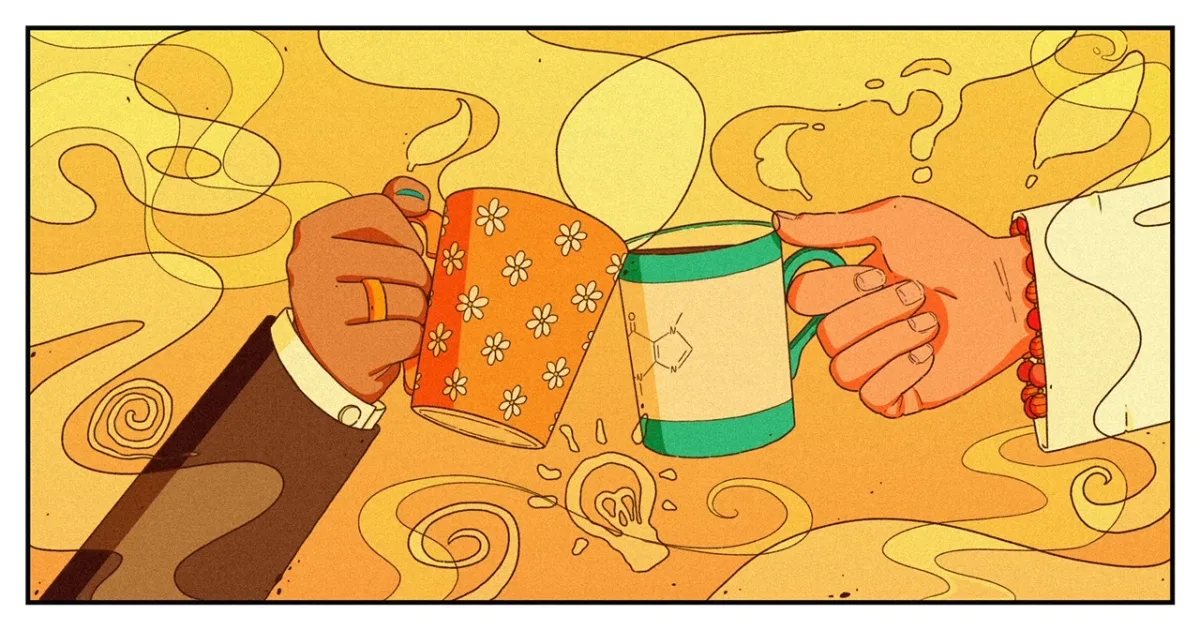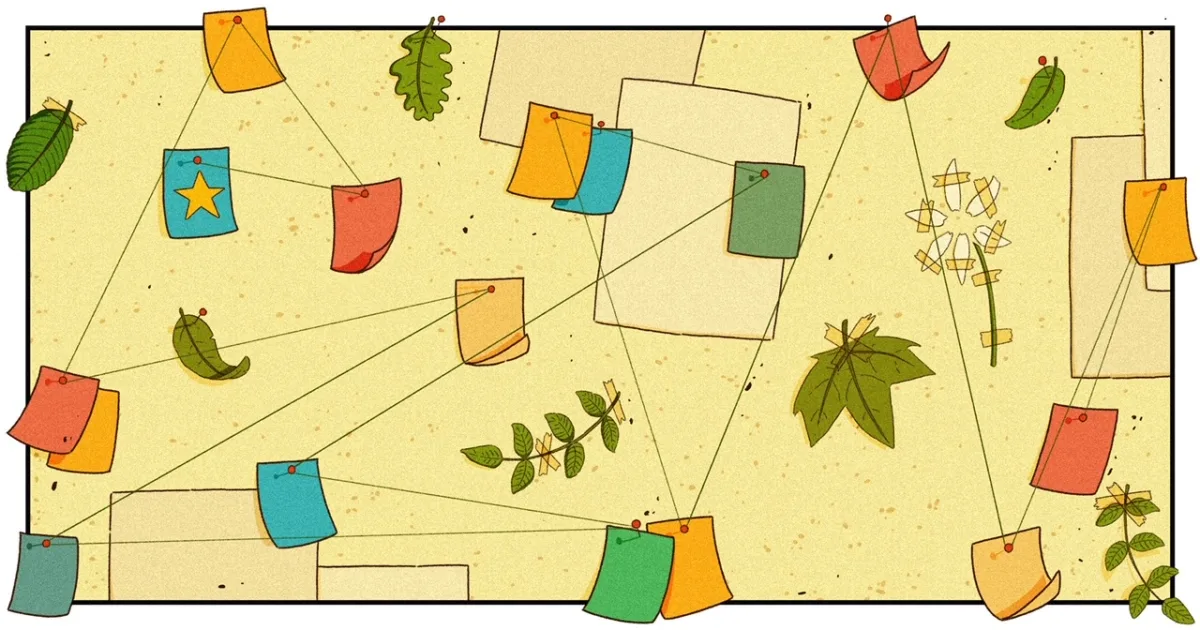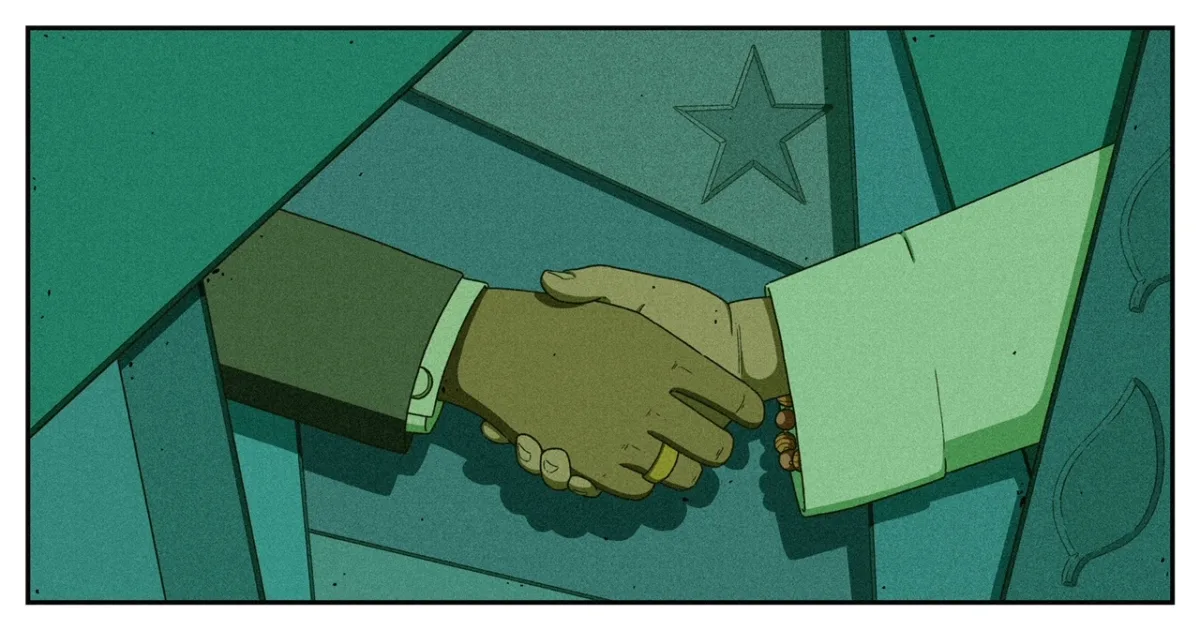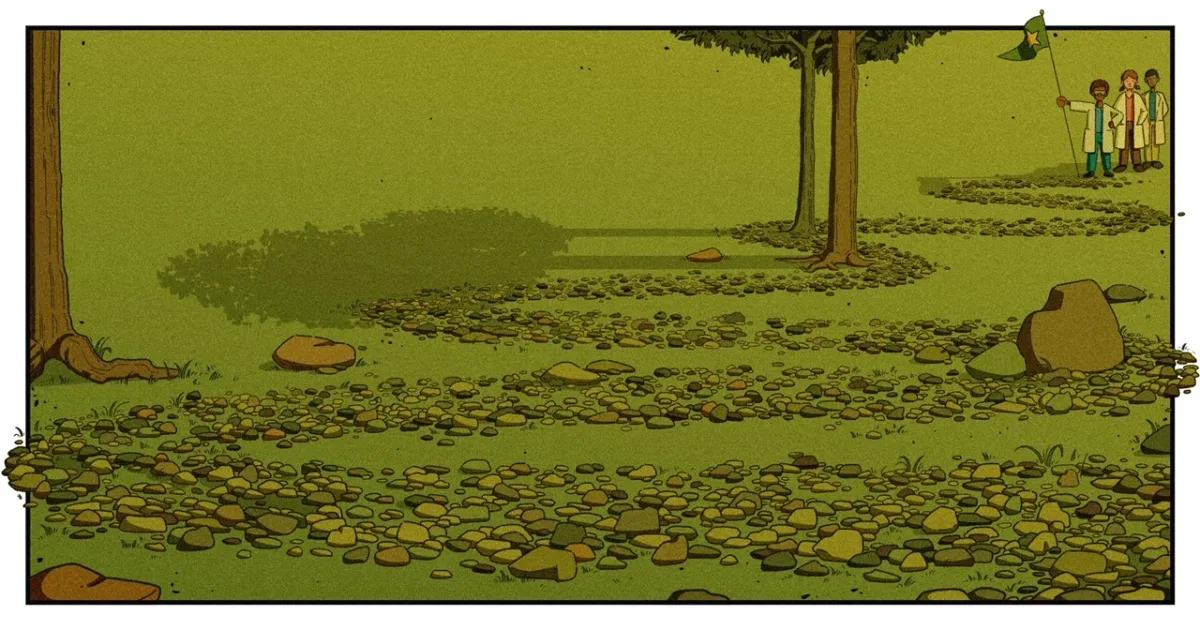This is where we focus on what the results really mean. It’s the crucial step where we discuss the data as a whole and in the context of your business.
We’ll ask our third important question here: what does it mean to them? In this question, ‘them’ refers to our client, of course, but also to something broader. It also asks what the results mean for the planet and society, so in our discussions we’ll assess whether there are any wider reaching implications.
First, we do an analysis internally to establish our own independent interpretation. Then, we present our findings and the most important outcomes. At this stage, we’ll listen to your input and elaborate where necessary. These discussions can be nuanced: sometimes we’ll talk about findings that are inconclusive but still interesting.
Focused results and the wider scope
The discussions also allow us to discuss sustainability opportunities and risks. Perhaps we’ll uncover alternative processes that use less energy or resources. Often we learn things that are outside the scope of the hypothesis but that might make your products or operations more sustainable. The result discussion gives us an opportunity to highlight these.
The three questions
The result discussion and the three questions “What do I see?” “What does it mean?” “What does it mean to them?” are one of many parts of the CR Way of Working that we are constantly developing. It is so important to us so we have dedicated one of our learning-cakes in our book to it, “The 3rd Question Cake”.


